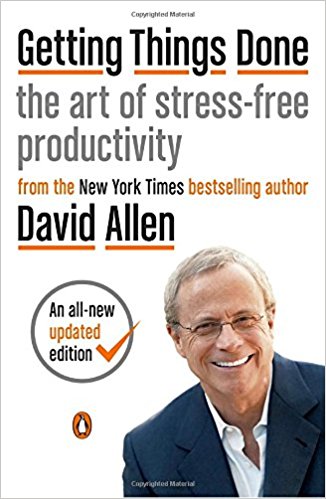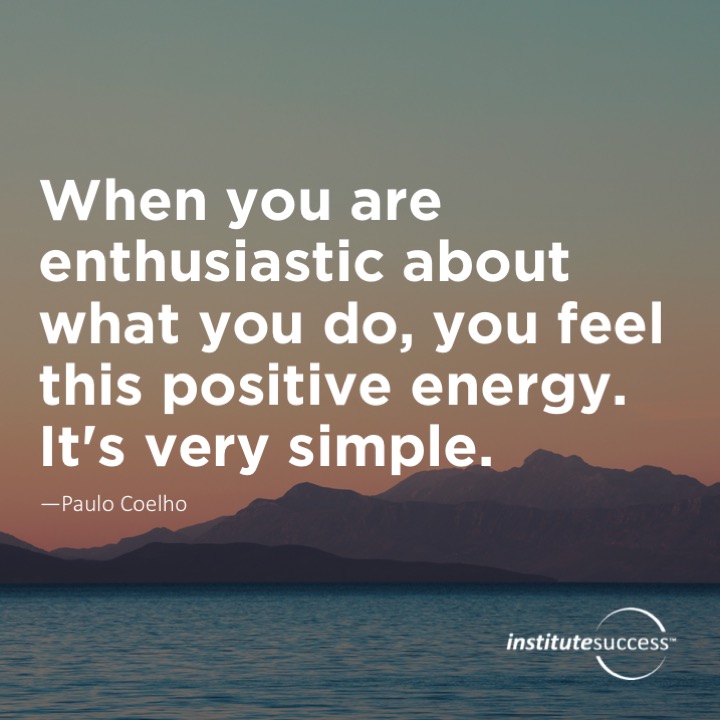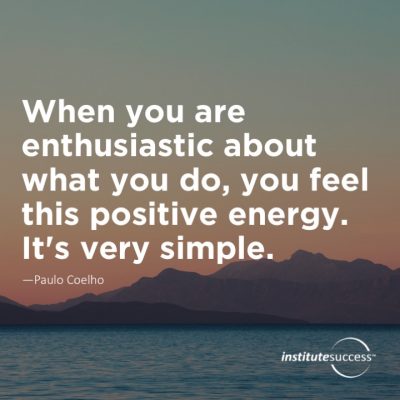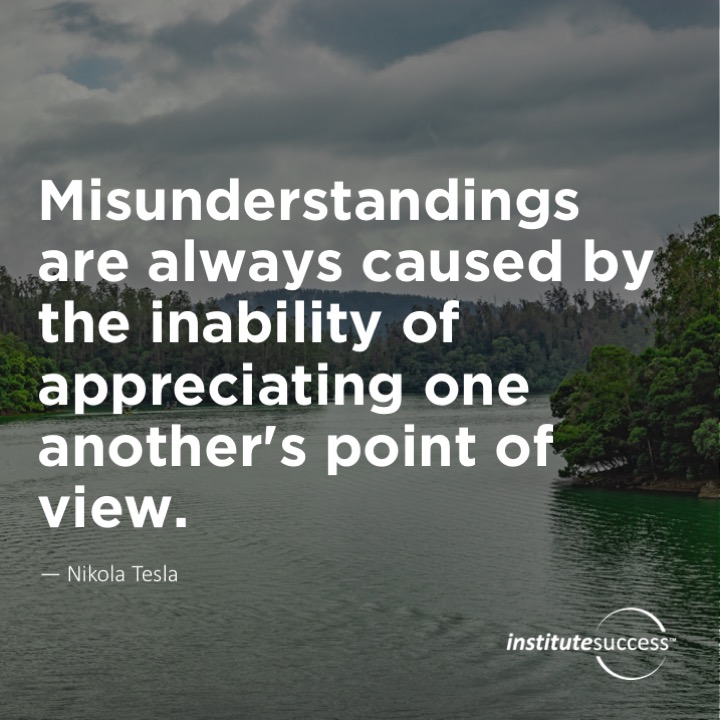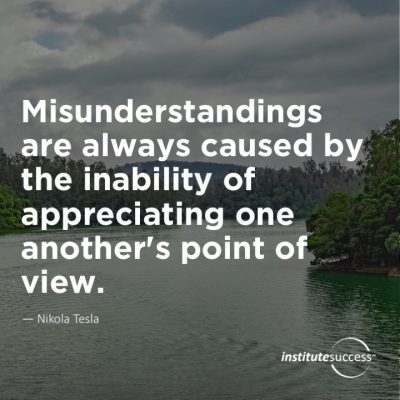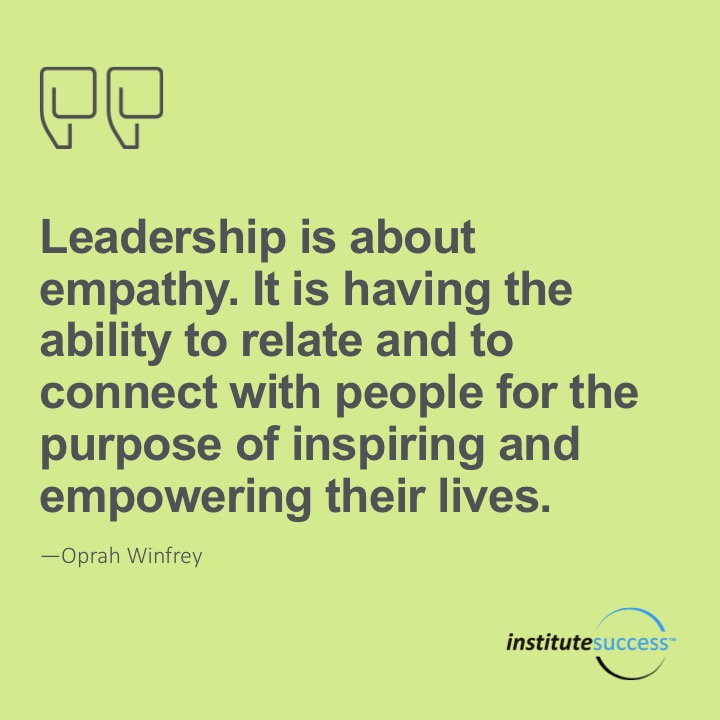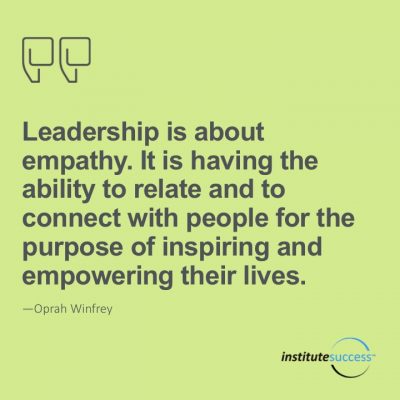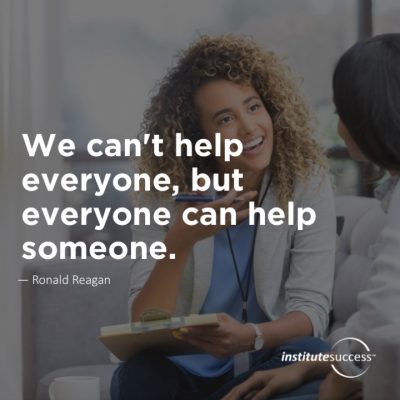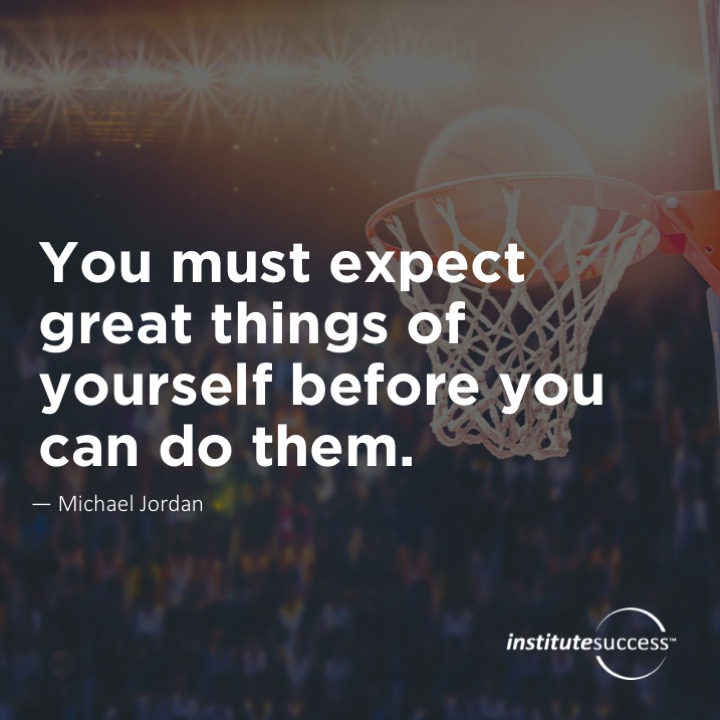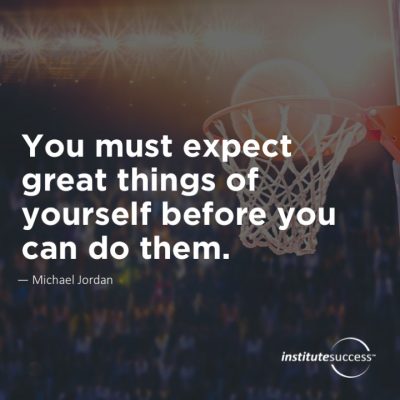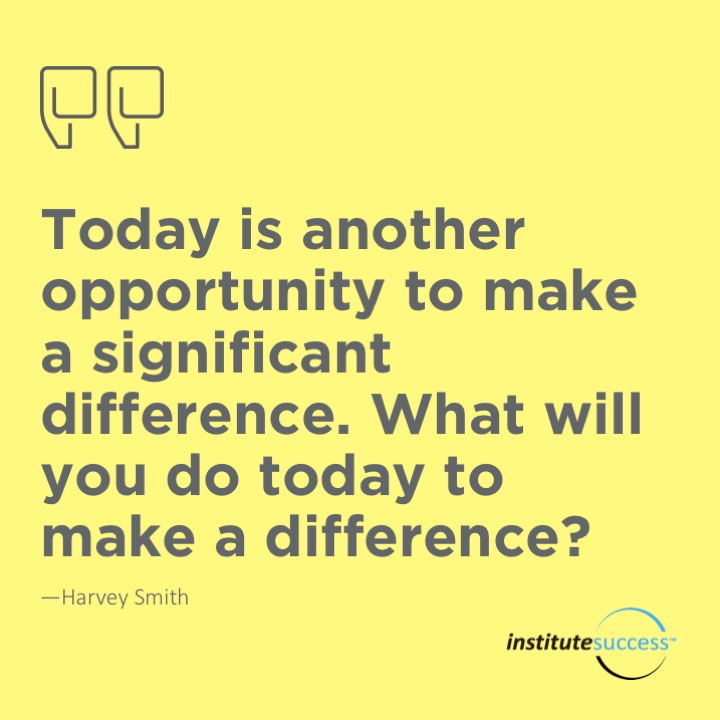Getting Things Done: The Art of Stress-Free Productivity – David Allen
If you dare to open the calendar app on your phone, glance at the checklist you wrote during the weekend, or stare down your inbox with numerous email threads, it is only human to wonder how you will get it all done. You know at your core that you are a hard-working, busy, somewhat overworked person, but it is often bewildering to contemplate how to pack what seems like an infinite amount to do in a finite amount of time.
This is why David Allen developed the Getting Things Done method, a philosophy of productivity that doesn’t rely on just “trying harder” or trying differently but on taking just a spare few minutes here and there to get yourself organized and strategize. Allen’s five-pronged approach is meant to empower you to simply be human: not to ask yourself to do more than you can do, but to know yourself well enough to believe in how you work best so you can be at your best. Those five prongs are:
1. Collect
Collect all the tasks you have to accomplish, preferably in one place or in as few places as possible. The goal here is to mind dump so that as little of what you have to do is still in your head and is now in a file, in a list, or in an email or text stream to yourself. This dump frees up valuable cognitive resources for doing higher level planning and creative thinking which are impeded when you subconsciously fret about other things you need to do. Empty your mind out into your bucket(s) as often as possible, all the things that are incomplete. Try our guided mind sweep to experience the process.
2. Process
The goal in processing through your buckets down to zero and do one of three things: do it immediately (because it will take two minutes or less), delegate it (give a shout out to someone who needs to get on the assignment), or defer it (anything that will be more involved you will put in this category to create a tickler system for you to tackle as time and schedule permits). Things only go into these three categories if they are actionable, meaning you can’t let them go, and they’re not just simply helpful reference points.
3. Organize
If you haven’t done it, and you haven’t delegated it, it’s time to organize the deferred activities that you will put into a tickler system. Your calendar will become your hub of next actions that are time sensitive and must be done, not just by a deadline, but during a certain day and time. And, this is somewhat shocking to the overworked: that is all that should be on your calendar. The rest of your next actions you will organize with lists that will free you up to execute as you are able.
For anything that can’t be done in one step and under two minutes, Allen calls this a project. Create a list of projects for yourself from the tasks you created, and assign the next action. This is powerful because you can have a record of all the big things you intend to do, but if you keep a separate list purely of next actions for each of those projects, it will keep you from getting overwhelmed. This is critical.
4. Review
Once you have done all this setting up and organizing, you must review it consistently to be effective. Take a look at your calendar in the morning to see what kind of day you’re going to have, and you’ll have a rapid idea of how much on your next actions list you will be able to tackle. Although you’ll be consistently assessing your next actions and projects, only sit down for a true review session once a week. More will re-emphasize to yourself how much you have to do and won’t give you an adequate picture of just how much you are getting done. When you update your calendar for next time-sensitive actions and add other next actions to your projects, it should feel great because you are moving the ball forward.
5. Do
The way you do something and the “when” will have a great impact on how effective you are. You have four criteria available to you to decide what you should do next: context, time available, energy available, and priority.
- Context: There are just some things that can’t be done in certain contexts or require others. Actively note the contexts of your next actions so you can take advantage of what you have available. For instance, a noisy house might not be a good time to do deep reading, but it may be a great time to listen briefly to voicemails and clean out your inbox.
- Time Available: Note how long you think it will take to accomplish your list of next actions. If you have a twenty-minute window, you should have a pretty good idea of what you can do in that timeframe to knock something out off your list. It should also free you up from pressure to do something you physically don’t have the time for.
- Energy Available: Some of your tasks will require more of you than others, and that’s ok. If you’re a night owl, the end of the day may be excellent for high-energy tasks, or for others, it may be terrible and better for rote completion. Know thyself, and don’t feel like you have to function like others.
- Priority: Now and only now should you consider priority. When you have a few tasks jockeying for attention, and you have to decide, this is your tie-breaker. It’s not that you shouldn’t look first at the things that are important, but if you are scheduling truly time sensitive tasks and have organized the rest of your projects and next actions, you have an excellent footing for getting them all done.
Imminently practical and conscious of how we think as human, David Allen has created a wonderful system for getting things done. There are even several apps on the App Store and Googleplay that mirror Allen’s method, so if this speaks to you, you can follow right in your app! Happy planning.
